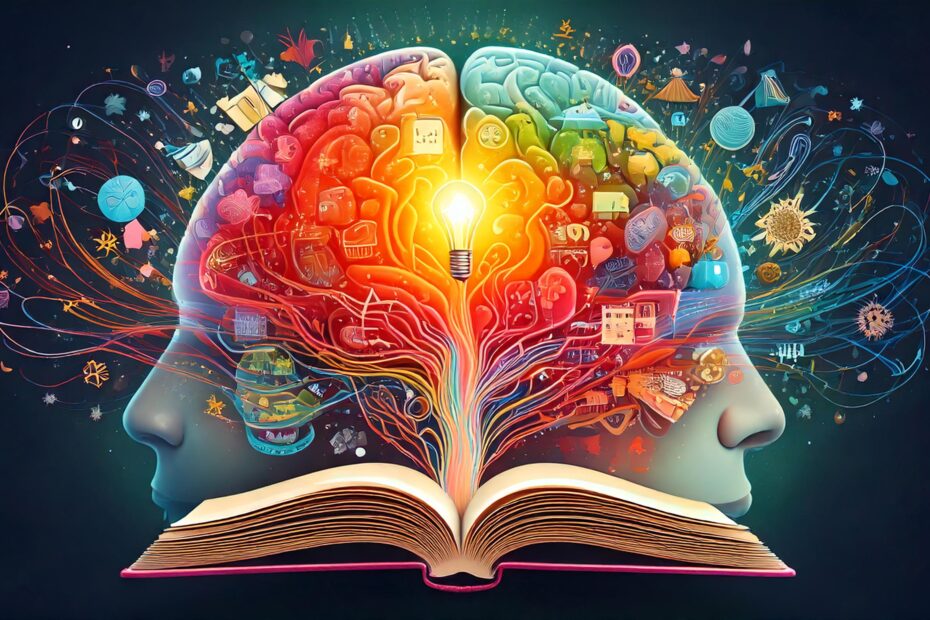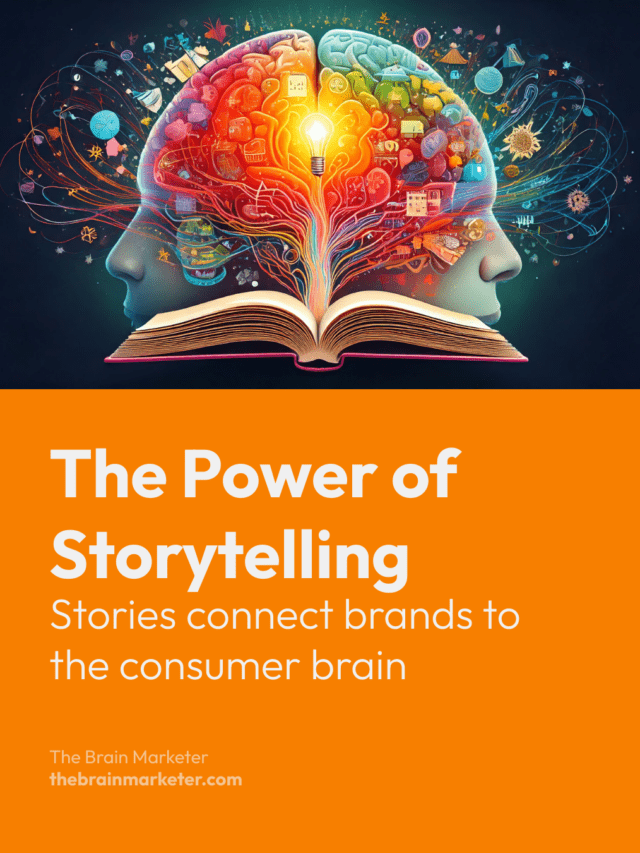“People don’t buy products, they buy stories.” But why is storytelling so powerful? The answer lies in how our brain processes information. Neuromarketing reveals that stories capture attention, stimulate emotional areas of the brain, and create lasting memories. This emotional connection drives consumers to choose one brand over another.
This article explores how storytelling, supported by neuroscience, has become an essential tool for modern marketers.
🎙️ Unpack the Topic with this Podcast
Storytelling and the Emotional Brain
Storytelling is more than a marketing technique—it’s a powerful neurological tool. When we hear a story, our brain releases neurotransmitters like oxytocin, often called the “empathy hormone.” This strengthens emotional engagement, identification with characters, and overall attention.
The Neuroscience of Storytelling
Scientific studies confirm storytelling’s neurological impact:
- Paul Zak’s research shows compelling stories increase oxytocin levels, fostering empathy and trust.
- fMRI scans reveal that stories activate multiple brain areas simultaneously, enhancing retention.
- Cognitive psychology finds that emotionally charged narratives improve recall and influence choices.
Brands that apply these insights craft emotionally resonant stories that boost loyalty and connection.
Enhancing Brand Image Through Narrative
Stories shape consumer perception and build a brand’s emotional identity. Neuroscience shows that rich, emotional narratives activate deeper brain circuits than rational product descriptions.
Example: Patagonia’s narrative around environmental protection and sustainability triggers the brain’s reward circuitry. Consumers feel morally gratified when supporting the brand, reinforcing loyalty and positive sentiment.
Actionable Insight: Anchor your brand’s story in values that your audience shares. Authentic storytelling builds trust and long-term engagement.
Stimulating the Brain’s Reward System
Effective stories activate the brain’s reward system, prompting the release of dopamine, which reinforces pleasure and motivation.
Example: McDonald’s “Come as You Are” campaign uses inclusive, welcoming imagery that fosters a sense of belonging. These positive emotional cues stimulate the brain’s reward center, creating a feel-good connection with the brand.
Actionable Insight: Use storytelling to trigger emotions like joy, comfort, and aspiration—these deepen brand recall and loyalty.
Neuroscience as a Tool for Storytelling Precision
Marketers have refined storytelling using neuromarketing insights to target specific emotional and cognitive responses.
Example: Nike’s campaigns highlight overcoming adversity. When consumers watch an athlete triumph, mirror neurons simulate that experience in their own minds. This shared emotional journey strengthens brand identification.
Actionable Insight: Tell stories that reflect your audience’s aspirations. Use relatable characters and situations that inspire emotional connection.
Why Stories Stick
Stories captivate us because they engage multiple areas of the brain, making information more vivid and memorable. When we experience a story, we don’t just hear it—we live it mentally.
Example: A car ad featuring a family road trip evokes the feeling of freedom and adventure, not just product features. The brain simulates that emotional scene, making the brand more desirable.
Actionable Insight: Go beyond functional benefits. Embed your product into emotionally rich narratives that resonate with lived experiences.
Ethics in Storytelling and Neuromarketing
With power comes responsibility. Storytelling can influence deeply, but it must be used ethically. Deceptive or emotionally manipulative tactics can backfire.
Common Ethical Pitfalls
- False authenticity – Faking stories to appear more purpose-driven than reality allows.
- Fear-based messaging – Using negative emotions to manipulate urgency or behavior.
- Subliminal influence – Embedding unnoticeable cues to guide choices unconsciously.
Guiding Principle: Tell stories that add value, reflect truth, and build trust. Long-term loyalty depends on genuine connection.
Key Takeaways
- Storytelling in neuromarketing taps into the emotional and memory centers of the brain.
- Techniques like emotional triggers, reward activation, and mirror neurons make messages more persuasive.
- Scientific evidence confirms that storytelling enhances both decision-making and brand loyalty.
- Ethical storytelling is essential for sustainable brand-consumer relationships.
Looking Ahead: The Future of Brand Storytelling
Storytelling will remain central to marketing—especially as AI, biometrics, and predictive analytics allow deeper personalization. The next frontier is crafting stories that are not only relevant and resonant but also transparent and trustworthy.
Want to elevate your storytelling strategy? Start with authenticity, add emotional depth, and always put your audience at the heart of your narrative.

Vincent Heimann is a marketing project manager and neuromarketing enthusiast. He founded The Brain Marketer to bridge neuroscience and marketing through accessible, science-based content. With over 10 years of experience in digital strategy, UX/UI and communication, he shares practical insights to help brands connect with the human brain — ethically and effectively

